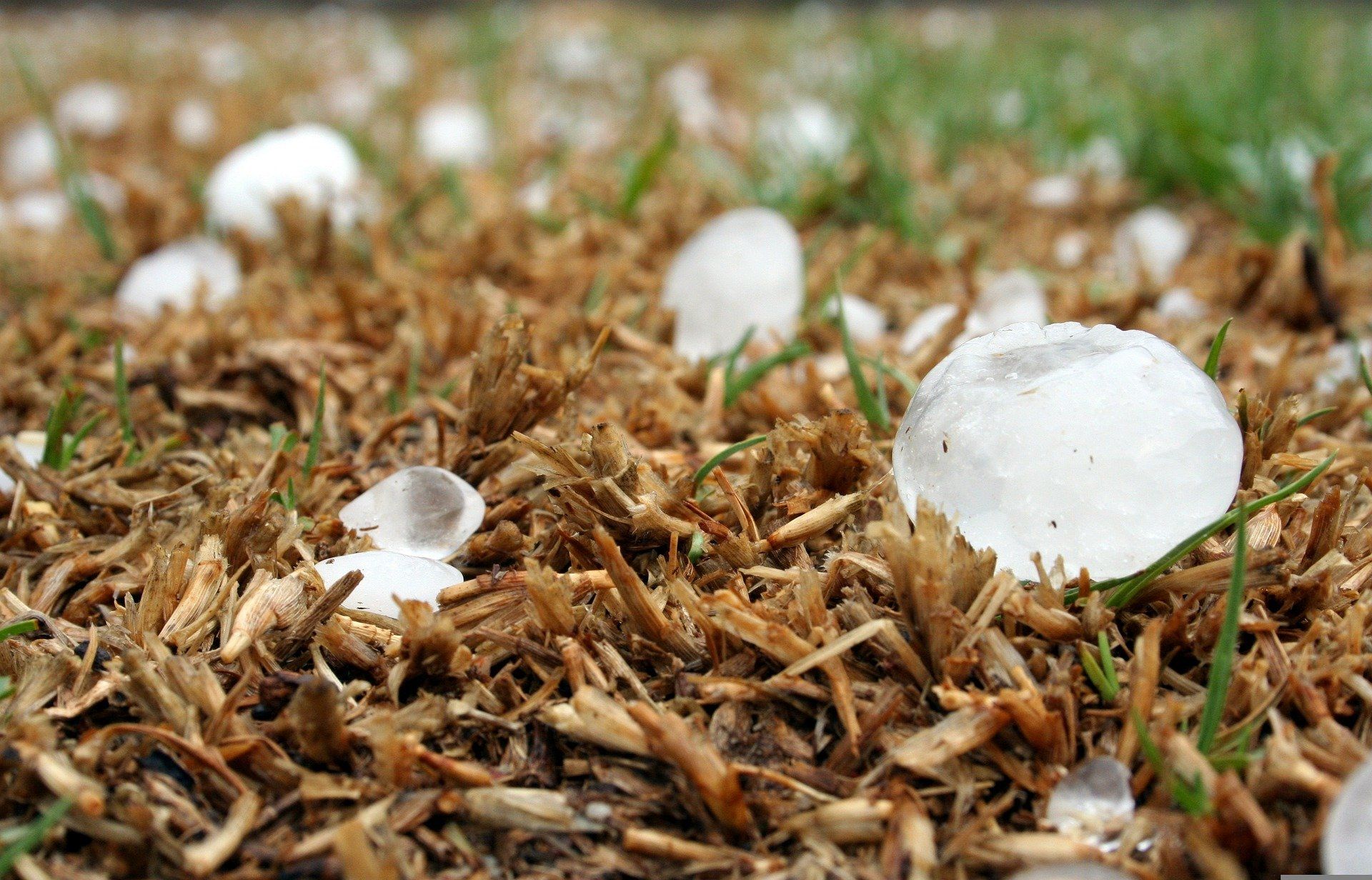Ice and Hail Storms
Ice and Hail Storm Relief For Those Affected
Winter weather can bring a variety of challenges, ranging from flooding to power outages. One of the most destructive and dangerous types of winter weather is an ice storm. Here's what you need to know about ice storms and how you can prepare your business or home.

Contact Us Today For Disaster Relief
We will get back to you as soon as possible.
Please try again later.
The Effects of Ice Storms
Ice storms can cause a number of problems for businesses and homeowners. One of the most common problems is black ice. Black ice is a thin layer of transparent ice that forms on roads and sidewalks. It's difficult to see and can be very dangerous to walk or drive on. Another problem that can occur during an ice storm is flooding. Ice jams can form in rivers and streams, causing them to back up and flood surrounding areas. Finally, heavy accumulation of ice on trees and power lines can cause them to topple, leading to widespread power outages.
Preparing for an Ice Storm
There are a few things you can do to prepare for an ice storm. First, stock up on supplies like food, water, and battery-operated lights. It's also a good idea to have a backup generator in case of a power outage. You should also create an emergency plan so that everyone in your family knows what to do in case of severe weather. And finally, make sure your insurance policy covers damage from severe weather so that you're covered in case of any damage to your property.
Mitigating the Damage From an Ice Storm
If an ice storm does occur, there are a few things you can do to mitigate the damage. First, clear any snow or ice from your sidewalks and driveway so that people can safely get to your business or home. You should also remove any icicles that could fall and injure people walking below them. If you experience a power outage, be sure to use battery-operated lights instead of candles so that there's no risk of fire. And finally, if you have any leaks in your roof, be sure to put buckets underneath them to catch the water until the repairs can be made.
What Is Hail?
Hail is a form of solid precipitation that falls from cumulonimbus clouds. It consists of balls or irregular lumps of ice that can reach up to 6 centimeters (2.4 inches) in diameter. Hailstones are layered with softer ice and have a bumpy surface.
How Does Hail Form?
Hailstones form when updrafts in thunderstorms carry raindrops high into the atmosphere where they freeze. These frozen raindrops are then bounced around by strong winds within the thunderstorm until they grow too heavy to be carried by the updrafts and fall from the cloud as hail.
How Fast Does Hail Fall?
Hailstones can fall at speeds of up to 100 kilometers (62 miles) per hour. However, the hailstones that cause the most damage are usually around 15 centimeters (6 inches) in diameter and fall at speeds of around 85 kilometers (53 miles) per hour. Larger hailstones can reach diameters of up to 18 centimeters (7 inches). The largest hailstone ever recorded fell in the Gopalganj district, Bangladesh on April 14, 1986 and had a diameter of 24 centimeters (9.5 inches).
How To Detect Hail Storm Damage?
Assessing hail damage can be difficult because the stones can cause problems that are not immediately apparent. It is essential to have a professional inspect your property for hail damage as soon as possible after a storm. Some common signs of hail damage include cracked or chipped paint; dents in metal surfaces; broken windows; damaged shingles; and holes in screens. If you suspect that your property has been damaged by hail, contact a qualified contractor or insurance company for an assessment as soon as possible.
Here Are Some Waste Cost Solutions Resources
Ice and Hail storms can cause serious problems for businesses and homeowners alike. That's why it's important to be prepared before they hit. By stocking up on supplies, having a backup generator, creating an emergency plan, and making sure your insurance policy covers severe weather damage, you'll be ready for anything Mother Nature throws your way. And if worst comes to worst and an ice storm does occur, don't worry - just follow our tips for mitigating the damage and you'll be back up and running in no time!
Book a consultation
Have a question? We’re here to help. Send us a message and we’ll get be in touch.
Contact Us Today
We will get back to you as soon as possible.
Please try again later.
Browse Our Website
Contact Information
Phone: 561-417-0415
Toll Free: 866-349-2734
Fax: 561-417-9684
Address: 1307 S. Federal Hwy, Deerfield Beach, FL, 33441
Email: Sales@wastecostsolutions.com
General Help: help@WasteCostSolutions.com
Accounting: accounting@WasteCostSolutions.com
Marketing Requests: marketing@wastecostsolutions.com
Business Hours
Office Hours
Monday - Friday: 8:00 am- 5:00 pm
Saturday- Sunday: 9:00am- 1:00 pm
After Hours
Monday - Friday: 5:00 pm- 11:00 pm
Saturday- Sunday: 8:00am- 11:00 pm







